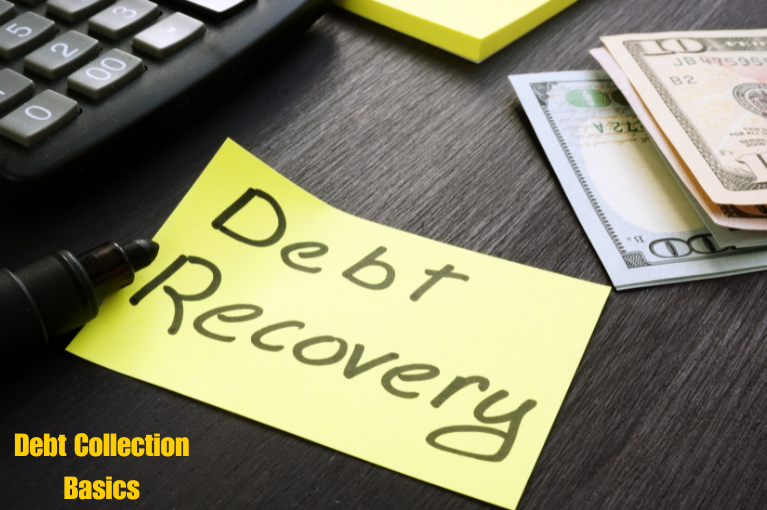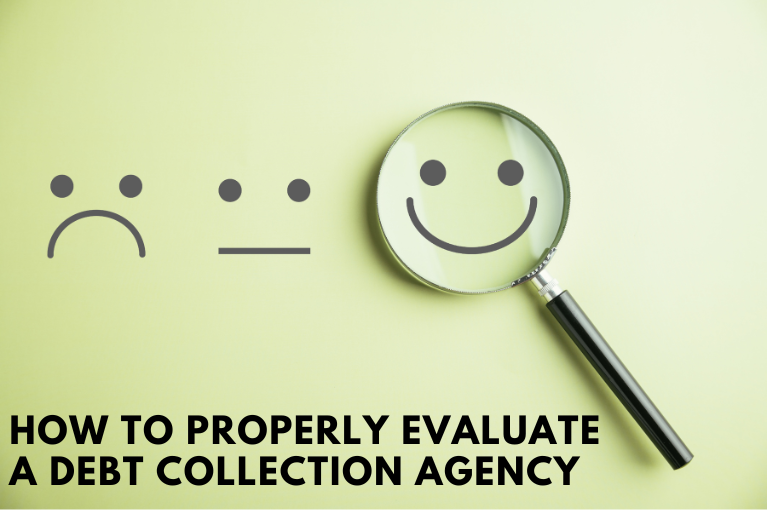Collecting outstanding debts is already a difficult job, but when the consumer you are working with officially files for bankruptcy, things can get even more complicated.
Depending on the type of bankruptcy they have filed for and where they are at in the process, you may or may not be able to continue your collection efforts. This can completely change the status of your accounts receivable department overnight, so it is definitely something that you want to be prepared for with a thorough understanding of the process.
What Type of Bankruptcy Are We Talking About?
The first step to understanding where you stand with your collection attempt is knowing the difference between Chapter 7 bankruptcy and Chapter 13 bankruptcy.
When we hear the phrase “bankruptcy,” the type that instinctively comes to mind is Chapter 7, which is when a business or individual cannot afford to pay any of their bills and would like to completely wipe the slate clean. In these situations, it is almost certain that the debt you are trying to collect will be far enough behind all of business or individual’s other obligations that you will never actually get paid.
If a business or consumer does not qualify to file for Chapter 7 bankruptcy, they will often elect to file for Chapter 13 bankruptcy, which is actually more of a restructuring of their debts than eliminating them. We like to think of Chapter 13 bankruptcy as giving a business or individual a chance to hit the pause button on their debts to recompose themselves before restarting their regular payments.
Filing a Proof of Claim
When the company or consumer that you are attempting to collect from alerts you that they have filed for either type of bankruptcy, your next step is going to be to fill out a proof of claim form that legally states the amount owed to you.
When filling out a proof of claim form, accuracy and speed are both critically important. Where you fall in line to get paid is often decided by the order in which these documents are submitted, and any errors can force you to resubmit and move to the back of the line. For this reason, you are always better off to be working with a debt collection professional who has experience in these types of situations.
The Best Defense is a Good Offense
Once the bankruptcy process is underway, debt collection becomes next to impossible. So the best way to make sure that you don’t lose money in these situations is to make a plan to avoid them before they happen in the first place.
Going through bankruptcy is never a pleasant process, and anyone you are dealing with who even mentions bankruptcy is likely to never pay you what you are owed. One of the best ways to avoid dealing with it is to learn the signs of an impending bankruptcy and step up your collection efforts well before the business or consumer you are working with actually files. In order to further expedite your pre-bankruptcy efforts, you might also want to consider hiring a debt collection agency that can take care of managing your collection accounts for you so that they don’t reach the point of filing for bankruptcy.






